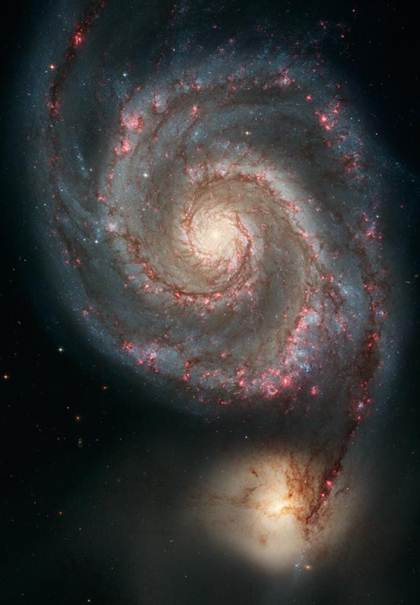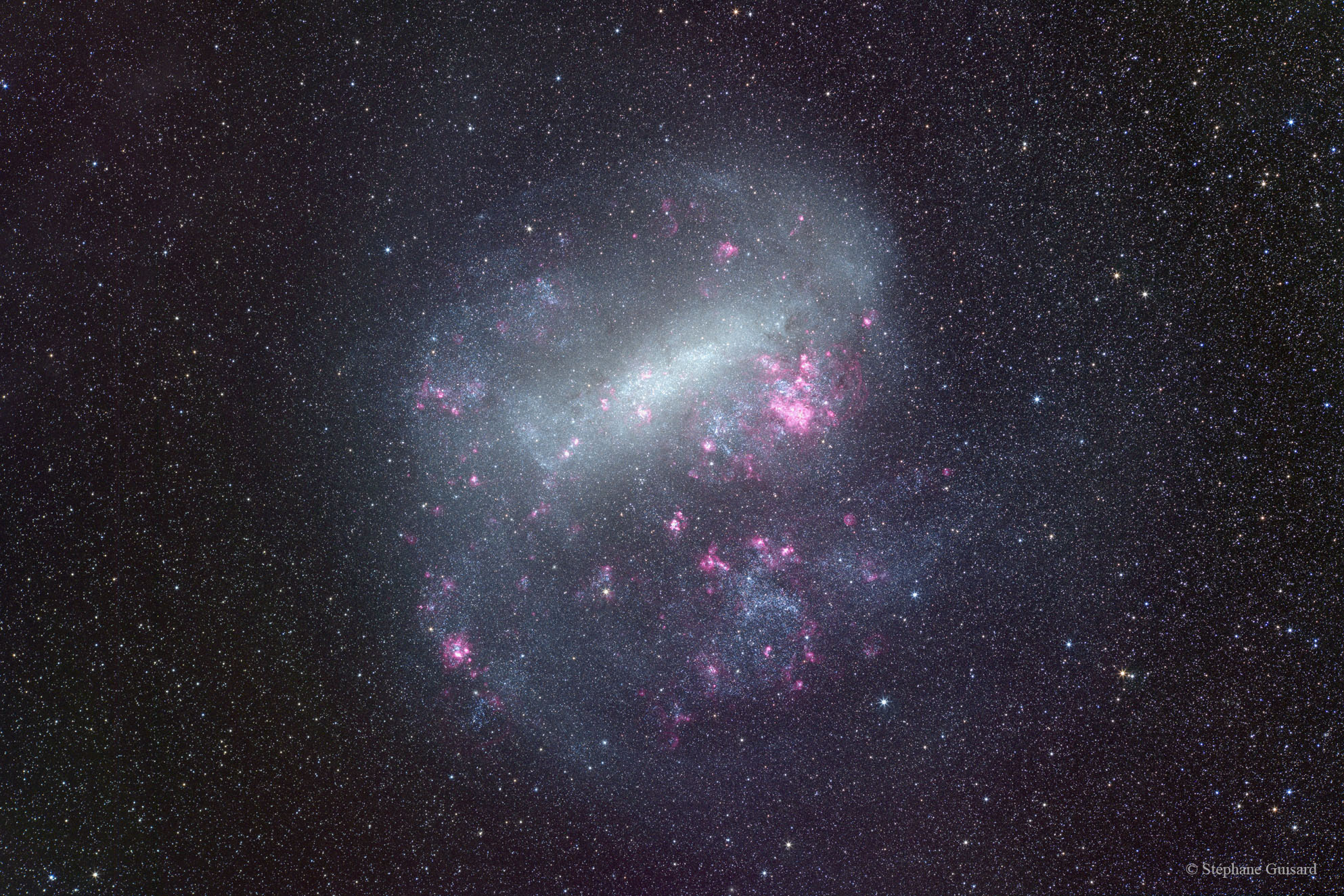

MS2 UE7b: Evolution of Galaxies
Joachim Köppen, Strasbourg, 2012/13


We live on Earth and circle around the Sun, which in a rather ordinary star in the Milky Way Galaxy, which is quite an ordinary spiral galaxy among the other zillions in the Universe. We understand extremely well the motions of the planets around the Sun. We know very well that stars shine because in their interiors they make heavier element by nuclear fusion and that at the end of their life they return some of these nuclear products to the interstellar medium, from which the next generation of stars will be born. Thus the different chemical compositions of stars in a galaxy indicate their age. Stars are like fossils which permit to learn about the evolution of a galaxy and the processes that formed it. We have some ideas about how galaxies are formed and how they evolve, but we do not yet understand the various physical processes that may play a role. Studying stars and gas is easy in our and nearby galaxies, but more difficult for objects far-away. Thus, our understanding of galaxies is continually being improved by observations as well as by theory.
Thus course will first cover those - more solid - subjects which are essential to obtain and interpret information about galaxies (determination of abundances in gas and stars, what we know about stars and nuclear synthesis). With this rather firm base, we then deal with stellar populations (IMF, SFR) and the evolution of the elements in a galaxy, and to explain the observations. While we shall not deal with the kinematics of stars in this course, the overall gas dynamics involved in an evolving galaxy needs to be addressed, which leads to the modern approach to treat both chemistry and dynamics in a more consistent way. The course aims to give an overview of essential observational facts and theoretical approaches, as well as of the problems, accuracies and uncertainties in the various aspects of the subject.
The plan ...
pdfs of the lectures
Homework I (please return before Christmas):
Homework II (please return before 25 January):
links to useful simulations
| to my HomePage |
last update: Oct. 2012 J.Köppen